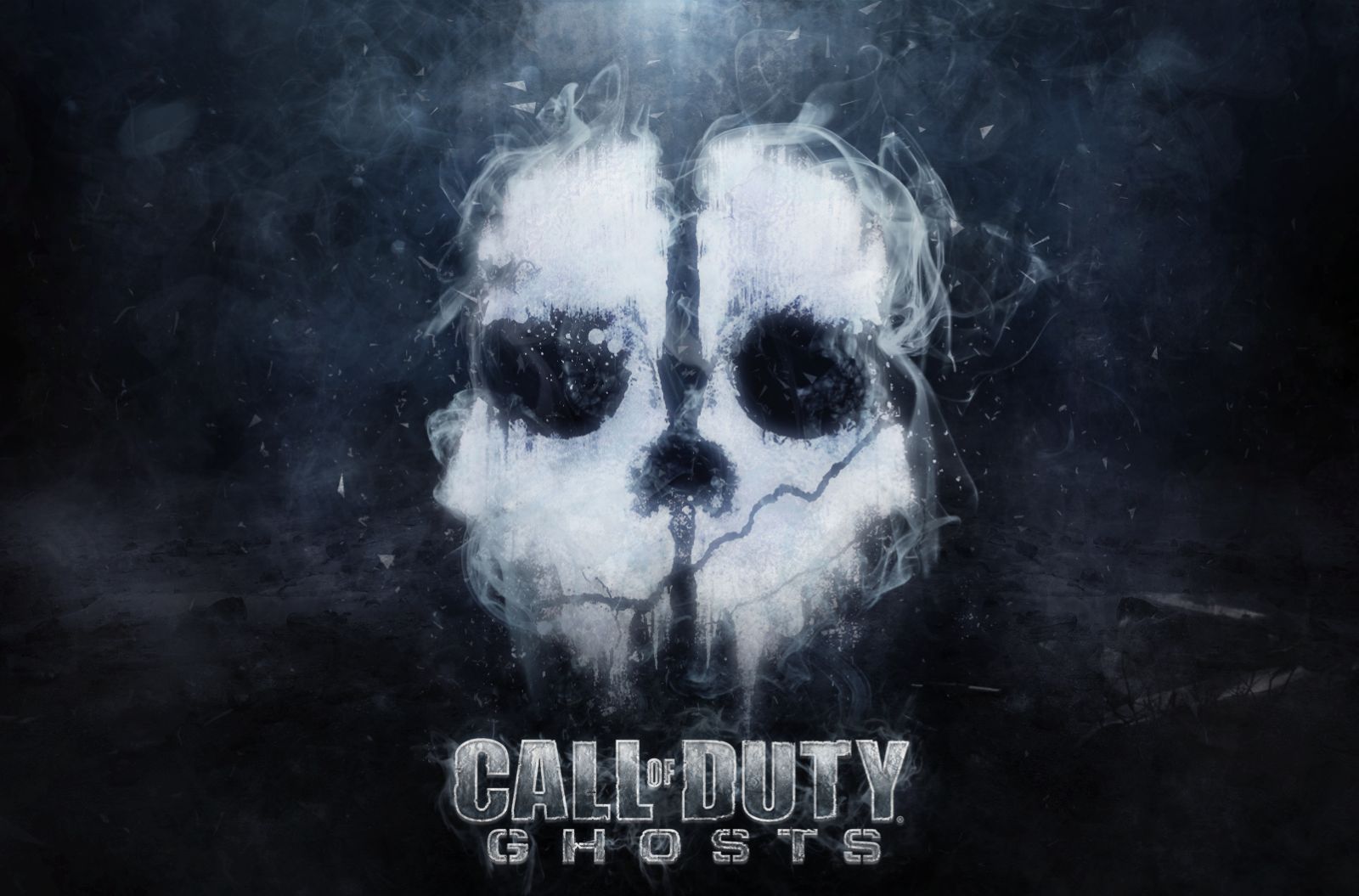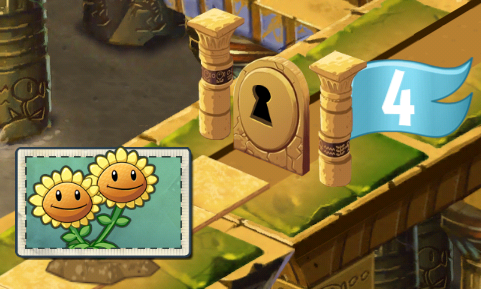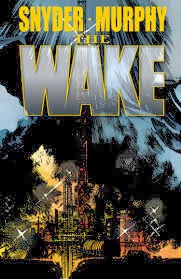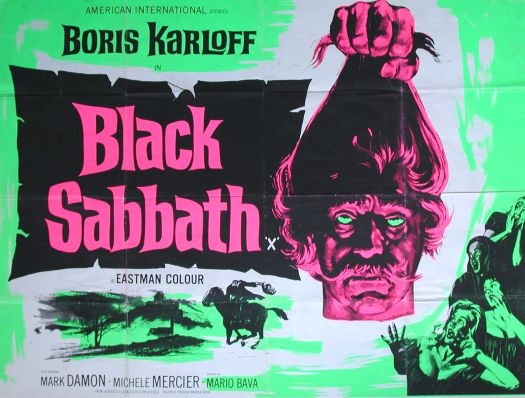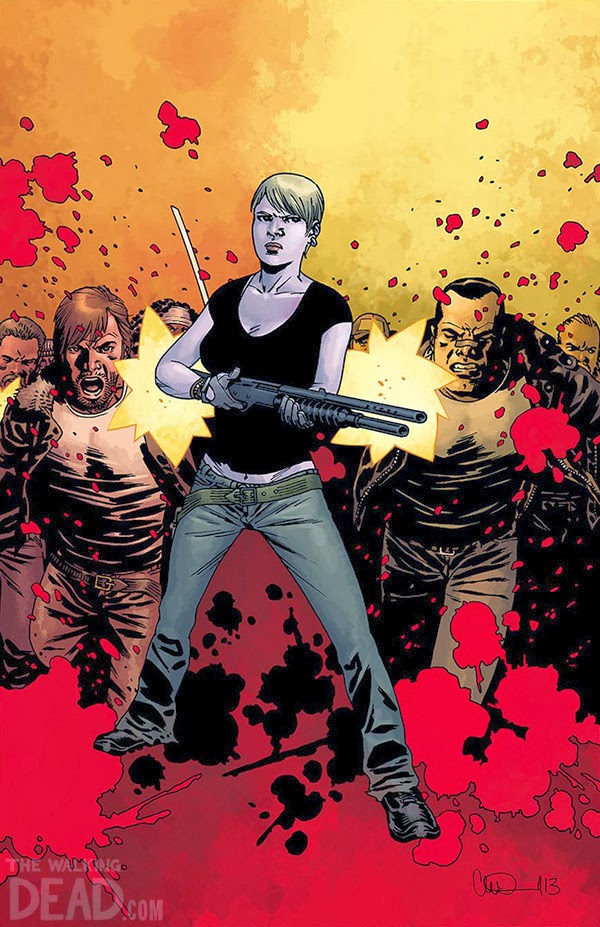The Meat
Aside from
borderline examples like Frankenstein's monster, the concept of the zombie,
especially the idea of masses of dead men walking (here's not looking at you,
Sean Penn!) in a shambling ravenous horde and wreaking vengeance on the living
is really a Cold War-era phenomenon. Associated with a killer combination of a
seemingly innocuous but actually menacing technology (the radio, say) and Communist
brainwashing in such classics as Night of
the Living Dead, it's easy to see how fears of radiation and other
double-edged advances of that era might have contributed to fears of the dead
rising. Many zombie tales feature some kind of ghastly repudiation of religious
faith as well, in which figures of religious authority are torn apart despite
their protestations that the walking dead cannot be (probably because of the
implications this has for Judeo-Christian notions of life after death).
Given that
background on zombies in popular culture, this collection of three novellas
attempting to place zombie plagues throughout history was an intriguing twist.
There was a slightly sophomoric match-up vibe, a 'zombies vs. _____' sense in
all three: Vikings, knights, and British navy, respectively (needless to say, the
good, or at least the living guys carry the day!). In each, the reader is
presented with an intrepid leader (or, in the Welsh story, a maverick knight)
whose can-do attitude and refusal to be cowed by the macabre attackers holds
the key to survival.
This collection
certainly isn't for the faint of heart. Violence is in ghastly supply in all
three, with the gore reaching ludicrous volume in knights vs. zombies, where
the phrase "a porridge of brains" or a close variant appears
something like five times. Given the slaughter, one might expect the knights
vs. zombies tale to be a parodic take on violence in zombie stories, but
unfortunately, it's deadly serious in tone, and even situations whose comic
potential is tantalizing, truly low-hanging fruit, have all the laughs beaten
out of them with bone-shattering force. In fact, given the patently absurd
starting premise—just another day as a Viking/knight/sailor when suddenly the
zombie horde is unleashed, but trusty captain/sir ____ leads the good guys to
victory—it's surprising just how seriously all three stories take themselves.
 |
| Yummy. |
In fairness, for
readers who genuinely thought "what's the only thing that can make gritty,
horrifically violent stories of Viking/medieval/naval combat better?
Zombies!", it can't possibly get any better than this volume. All three stories are generally quite well
and engagingly written. But although stories
where zombies lurk around each corner rarely open themselves to criticism for
being slow or poorly paced, in this case all three felt rather slow or dull at
times, whether it be the too-long introduction to the Viking crew (not to
mention the irritating boy, a quasi-protagonist but not really the main
character whose addition to the crew, on balance, only subtracted from the
story's entertainment value) in story one, the incessant description using visceral
metaphors for mortal injuries in story two, or the paragraphs-long exposition detailing
the particulars of naval combat in story three.
Also, and perhaps
inevitably, these stories present us with entirely too much dramatic
irony. Obviously, the reader knows
zombies will appear in the tale, so a protracted "What manner of foul
beast is this?" kind of confusion among the characters loses its charm
quickly. On that score, Vikings was weakest (page after page of "I think
they're the walking dead." "Bah—impossible!" dialogue, etc.),
and Navy vs. zombies was best ("What the?!—well, whatever. Aim for the head!"). And speaking of the
zombie's most famous weakness (head-shots, and not the kind actors carry around
in their hip one-strap backpacks, either!), story two changed up the zombie
formula a bit, Prydain Chronicles/Irish mythology style, but it felt less like an interesting twist
and more like a jarring physical impossibility—what animates the dead body, if
not the head?
Conceptually, the
most innovative of the stories is definitely story one, what I'm calling
'Vikings vs. zombies'. I won't spoil the story for you, but suffice it to say
that there's a sinister yet seemingly impersonal force behind the zombies. This
is a rarity: in most stories, the zombie plague is presented as retributive in
nature, at least indirectly, so for example zombie hordes might be a result of
capitalist society's excessive profit-seeking->ethical line-crossing in medical
experimentation, etc. So too in story two, where British misdeeds call down a
Welsh curse, or story three, where dirty family secrets come back to haunt our
intrepid hero. But in story one, the Vikings are simply in the wrong place at
the wrong time (it took all my self-control not to reveal the big plot twist
here!). I found this story to be the strongest and most memorable of the three.
As with any
anthology, 'grading' the book as a single work presents problems, so I've
settled on a solution certain to please none and infuriate all: an average
score, without caveats or explanations!
The Math
Baseline assessment: 7/10 (because having zombies invade
history is an awesome idea!)
Bonuses: +1 for Vikings chopping the bejeezus out of lots of
zombies and not even caring that they were doing so
Penalties: -1 for making such zany stories so serious, -1
for too much dramatic irony about zombies—methinks they did protest too much
Nerd coefficient: 6/10 "Still enjoyable, but the flaws
are hard to ignore"






